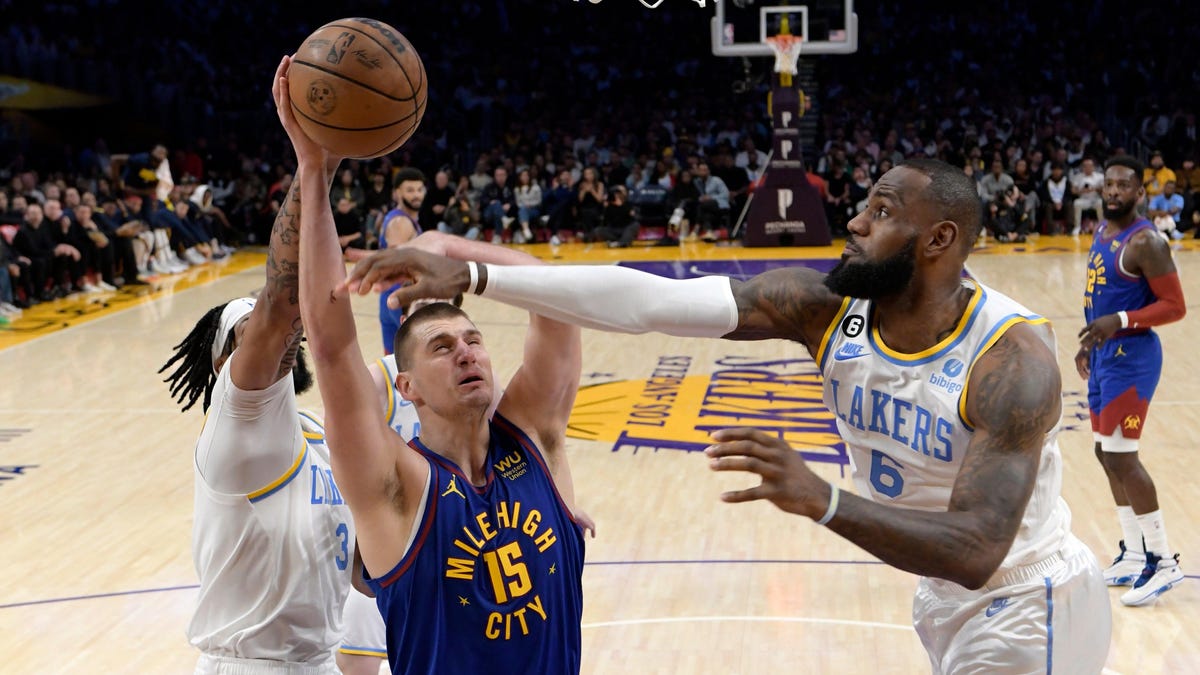Two new studies are stirring up more controversy over new covid boosters, updated to match Omicron’s BA.4 and BA.5 strains. The research suggests these shots are no better than old boosters. But we shouldn’t write them off—they can still be life-savers. The studies are small and data might have been collected too soon to truly demonstrate their value.
The wisdom of the US plan for boosters this fall season has been hotly debated. Pfizer and Moderna spent months testing a booster based on an earlier Omicron variant, but by the time regulatory authorities needed to make a decision on the composition of fall boosters, BA.4 and BA.5 had taken over. The US Food and Drug Administration asked the firms to change course and make shots targeting those two highly contagious Omicron lineages. But the FDA’s request came in June, too late for clinical tests of those vaccines to be run before fall season. So the agency authorized the BA.4/BA.5-aimed shots prior to having data on their efficacy—a decision some public health experts criticized but would assure new jab protection before a winter wave.
Two things happened next. The Joe Biden administration, without actual data on the shots, over-promised what these bivalent boosters could offer. And scientists sceptical of their benefits, particularly in people at lower risk of serious infection, continued to air concerns over their rollout.
Neither approach is helpful. Government officials oversold the shots’ ability to better protect against current and future Omicron variants and suggested this shield could last through next fall without actual data to back up those claims. That approach could backfire if people wind up needing another dose in the spring, or the shots need further work for newer variants. Rushing out preliminary data on the shots’ value could discourage an already vaccine-weary public at a time when a winter covid wave is likely approaching. Just 19.4 million out of more than 226 million eligible people in the US have received the new booster.
First, let’s be clear that people who are due for a booster are not worse off for having gotten the bivalent one. The question is whether they are better protected than they would have been if given a booster with the original formulation. The answer to that question is still up in the air. The two studies that emerged [last week] found that people who got updated bivalent boosters produced a similar level and mix of neutralizing antibodies (the immune system’s first line of defence) as people who received another dose of the original booster.
But there are some caveats to consider. These studies were very small, looking at just a few dozen people between them. And there’s reason to believe that the immune system needs time to learn how to build better defences—that in response to an updated vaccine or infection with a new variant, immune cells initially break out old tools, but spend the months after that exposure retrofitting their weaponry.
For example, a recent study showed that vaccinated people who got an early Omicron infection initially made antibodies aimed at the original strain, but six months later had developed antibodies against BA.1. Another team of researchers found that B-cells of people vaccinated with Moderna’s BA.1 vaccine were capable of recognizing both the old and new strains of the virus.
Like the research suggesting the current boosters are no better than the old ones, both these studies are based on small numbers of people and have yet to undergo peer review. In other words, there’s still a lot of work to do to understand the nuances of our immune response to this virus. These questions are made all the more complex by the increasingly variable levels of exposure to vaccination and the virus—some people have been vaccinated but never boosted, others have had anywhere from 3 to 5 shots, some none at all, and within these groups, most people have been infected by one or more strains of the virus.
The urgency to answer questions about the value of updated vaccines amid their controversial rollout is understandable. Pharma companies have not always moved fast enough to provide robust data on covid products that are already being widely used. And arriving at a complete understanding of their value is essential to crafting a sensible strategy for future boosters.
Data on the first few weeks after infection is just another snippet of information in that quest. I hope that other, more essential information will arrive soon, like whether our immune response to updated vaccines matures over time, and whether the shots’ protection against serious disease can last through the entire winter and spring.
But while the jury is out on whether these vaccines brought out in America are truly better than the old ones that people got, there’s no reason for at-risk people not to go get one.
Lisa Jarvis is a Bloomberg Opinion columnist covering biotech, health care and the pharmaceutical industry.
Download The Mint News App to get Daily Market Updates.
More
Less
















